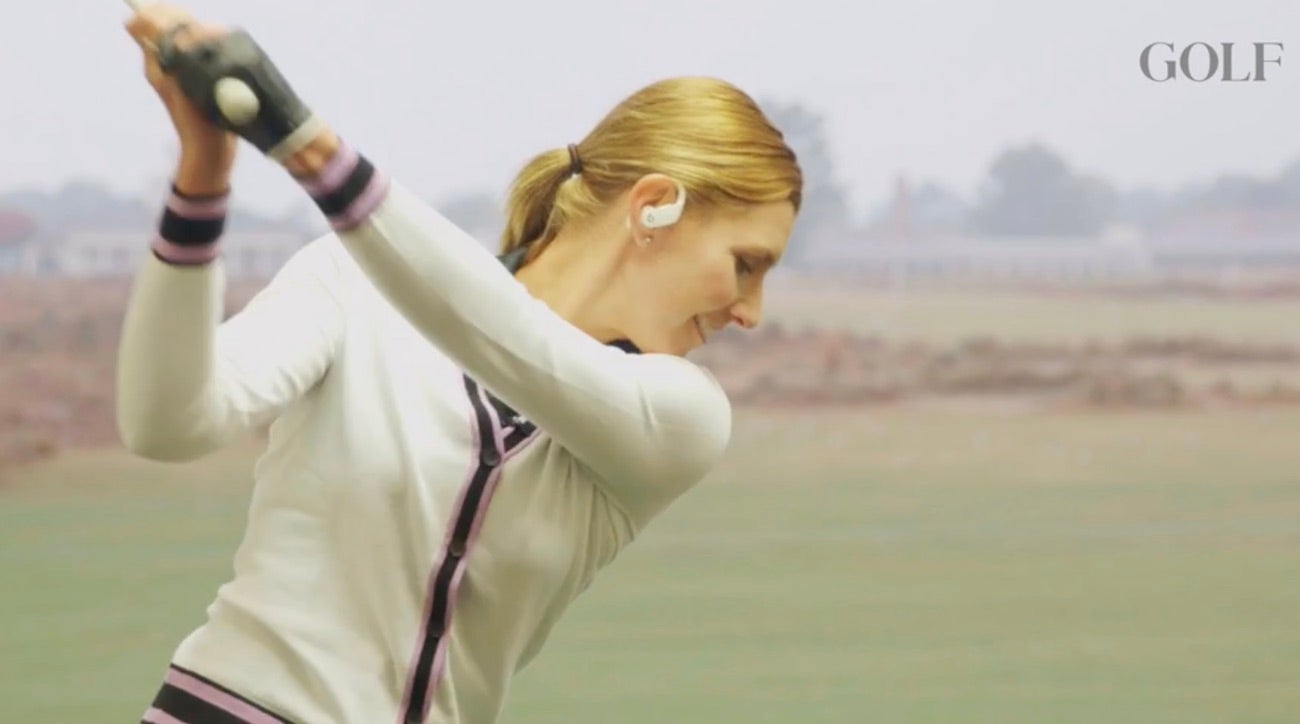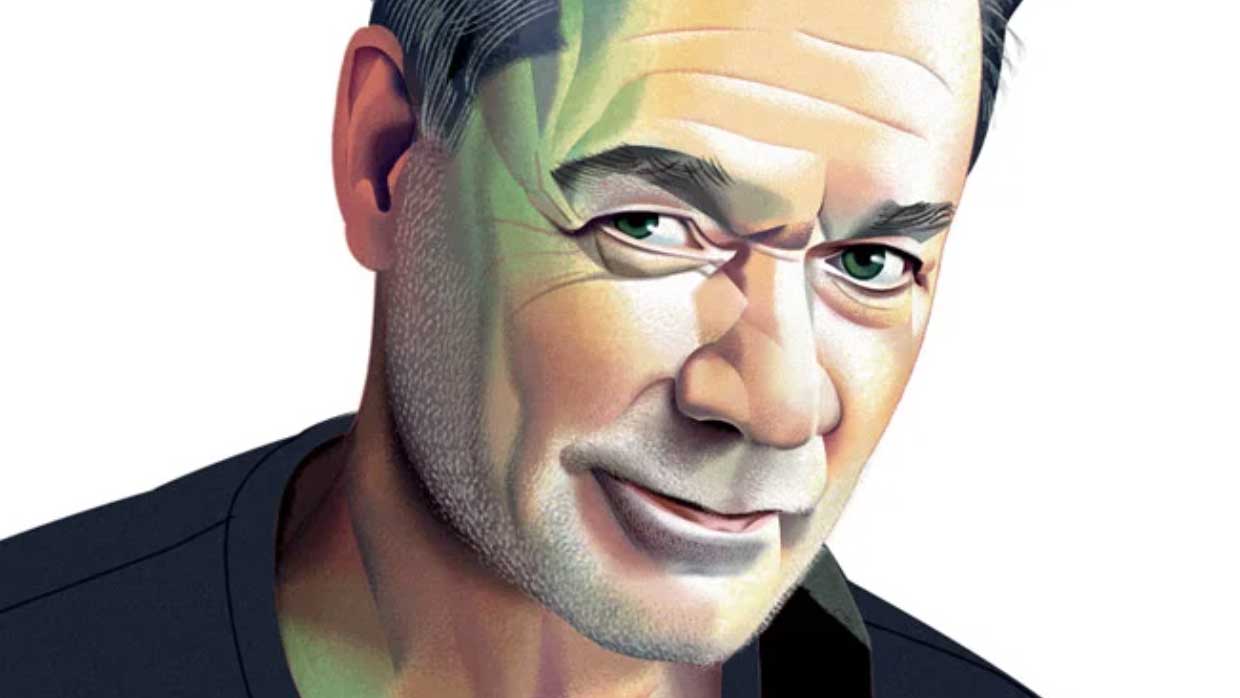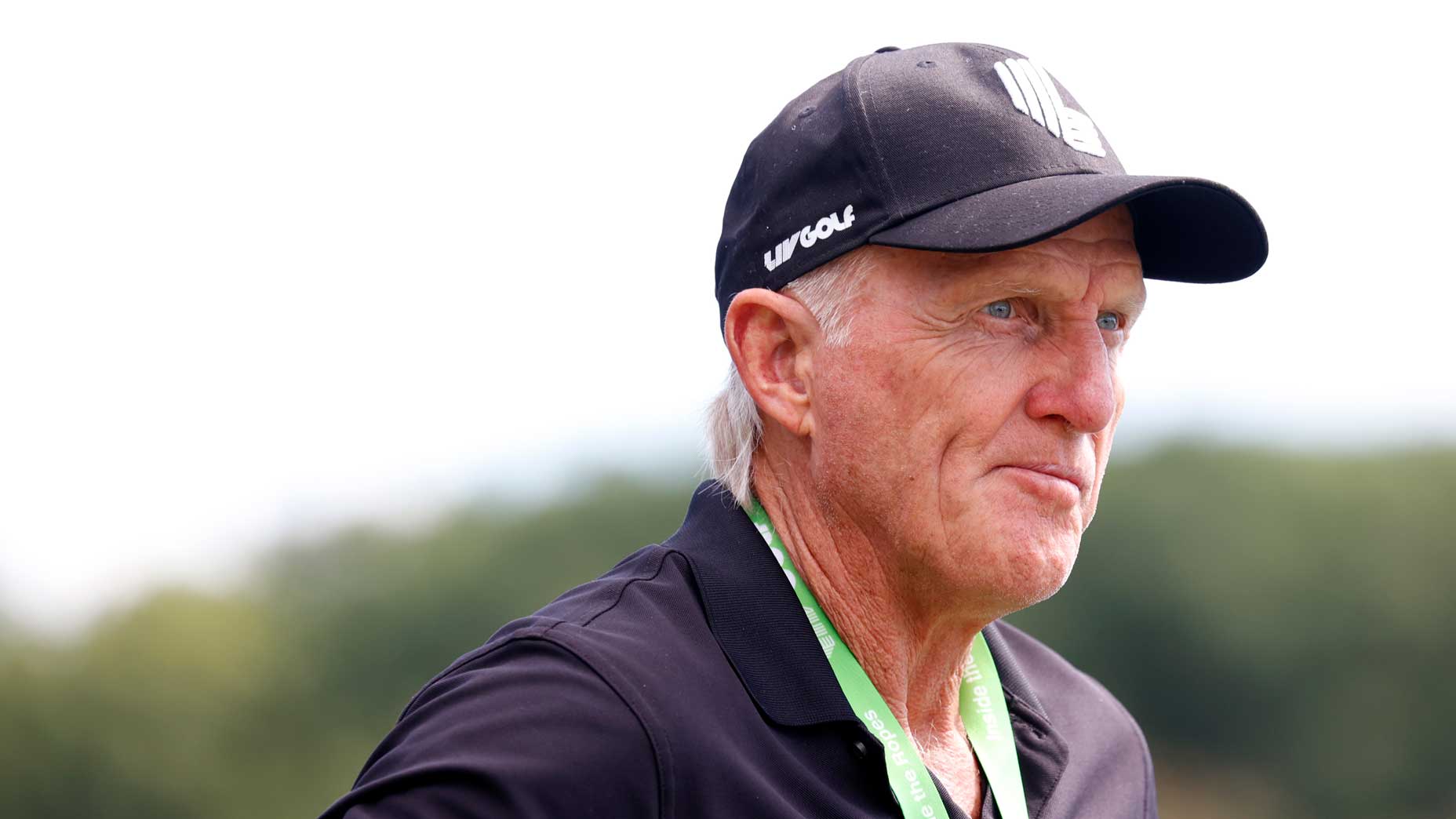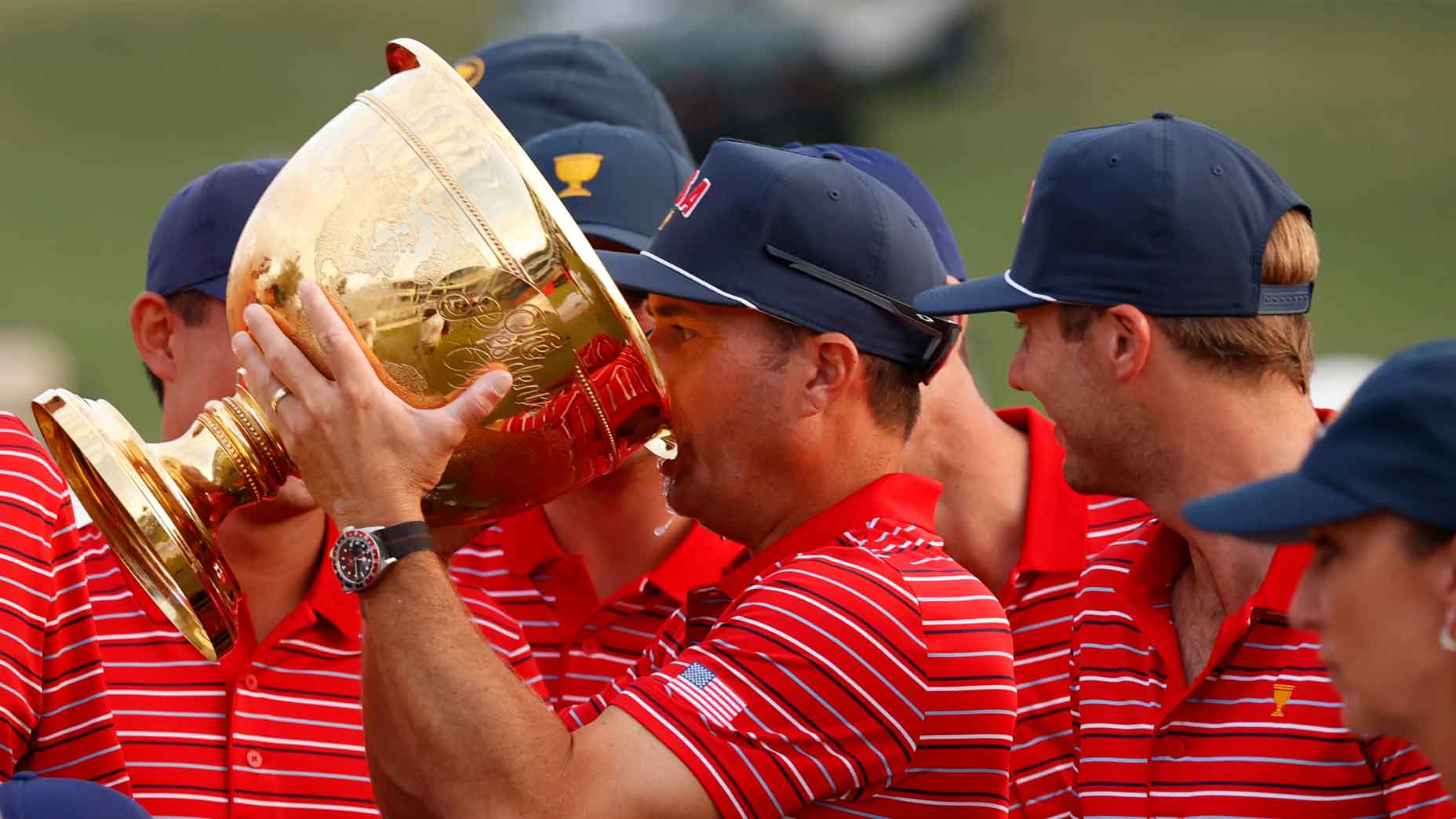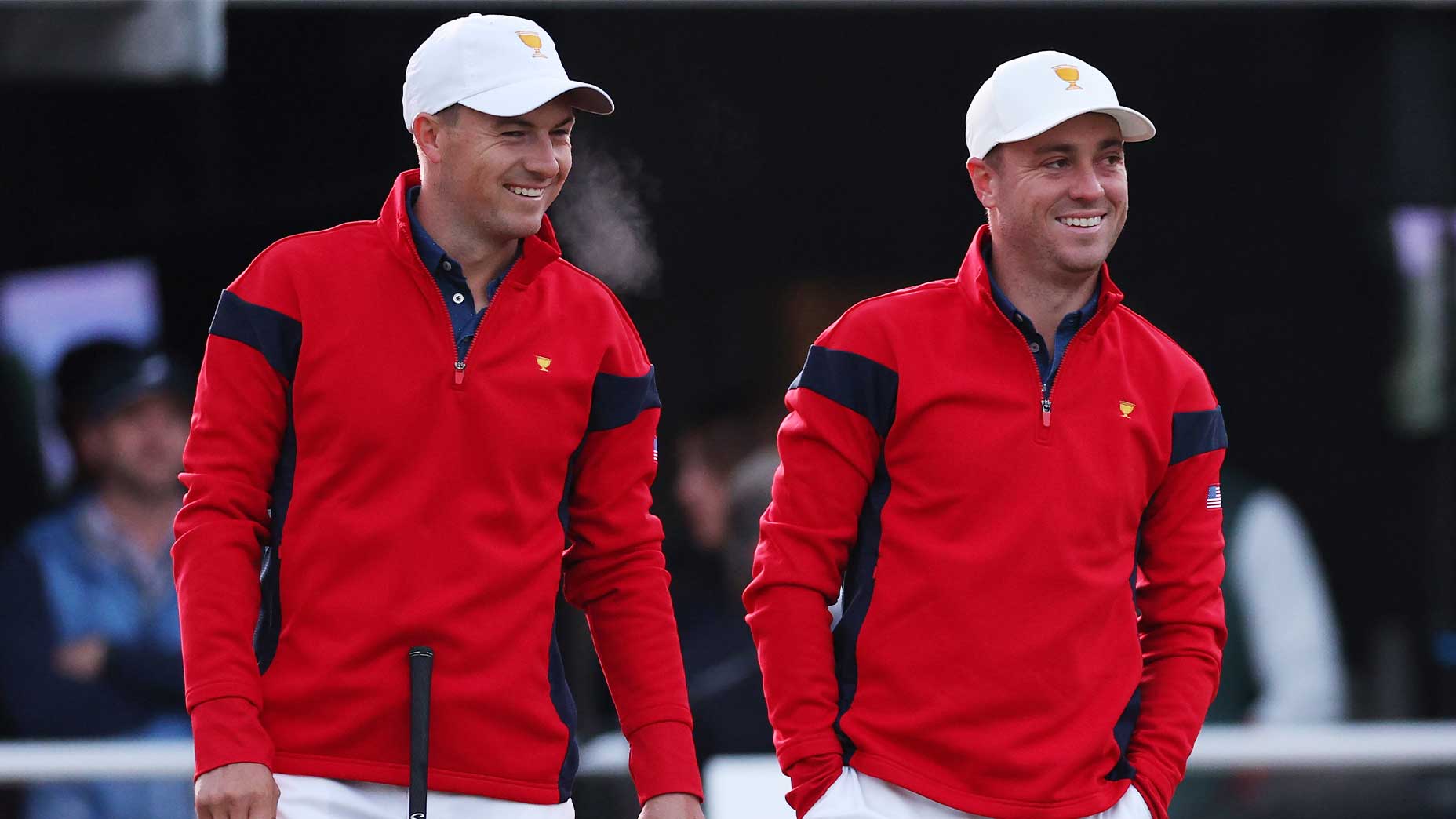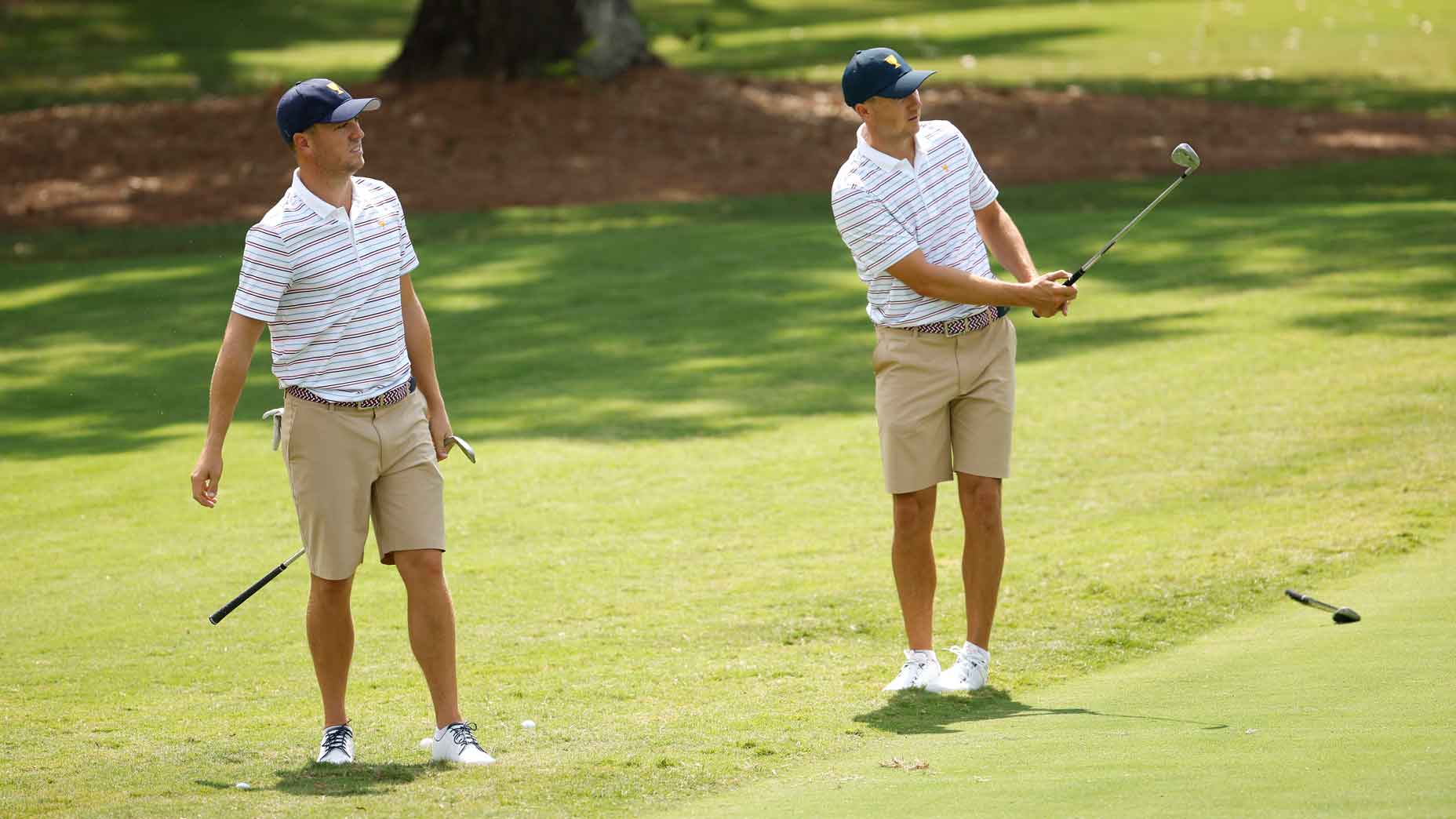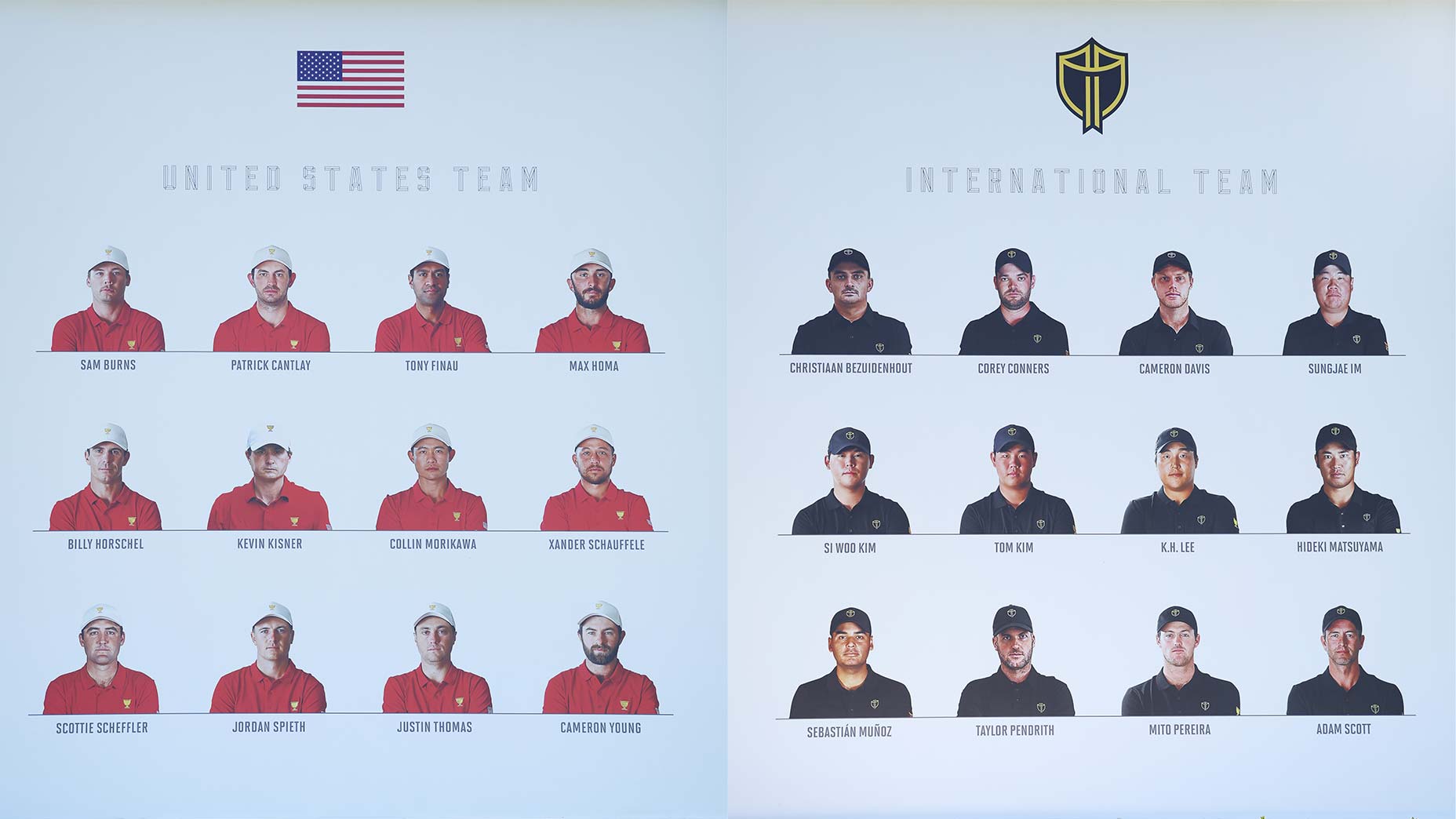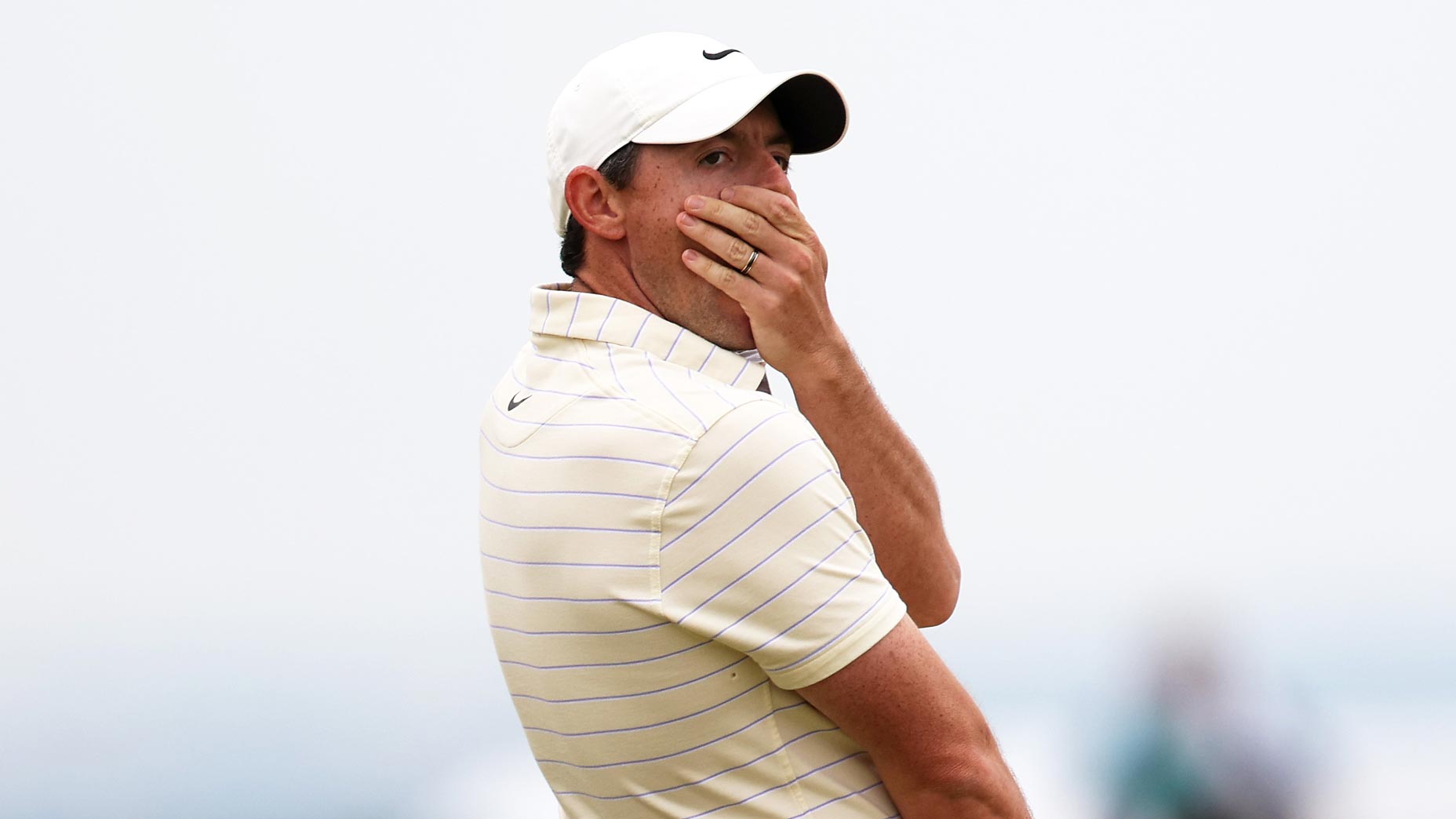Music not only transports golfers, but it can also transform them. Ask Disco Dick

Richard Zokol, aka Disco Dick, played the 1982 Greater Milwaukee Open toting a Sony Walkman.
Getty Images
They call Alabama the Crimson Tide
Call me Deacon Blues
Depending on your DOB, you won’t need this reporter to tell you that those lines are from the cryptic and spectacular 1977 Steely Dan hit “Deacon Blues.” It was a staple of my senior year of high school, a time when music settles in for good.
They do call the Alabama teams the Crimson Tide, and Alabama was a football powerhouse then, as it is now. The Wake Forest Demon Deacons were not, though they always had good golf teams, from the Arnold Palmer era on. Were the composers, Donald Fagen and Walter Becker, goofing on Wake, much as R.E.M. goofed on Elvis years later? Were they making a reference to the outsized defensive end Deacon Jones, the epitome of SoCal NFL cool?
Discuss amongst yourselves. [Circular hand motion, like you’re spreading red sauce on an uncooked pizza dough.]
Staff picks: The best from Callaway
Shop NowJustin Thomas, who played on the Alabama golf team for two fast years, knows about as much about Crimson Tide football as anybody in Monday night’s broadcast booth. Jerry Pate, winner of the 1976 U.S. Open, was recruited to Alabama’s golf team from the Florida panhandle in the early 1970s by Bear Bryant, Alabama’s legendary football coach. And now I’m wondering: What was Jerry’s go-to get-in-the-mood song when he was driving to the Atlanta Athletic Club on Father’s Day 1976? In those days, your options were more limited. Typically, you hit buttons on your radio, trying to find “Shake, Shake, Shake” or some such thing.
Or how ’bout Thomas, driving to the Quail Hollow Club in Charlotte, summer of ’17, fourth round of the PGA Championship, looking to win his first major? (And he did.) What was he listening to, with every song under the sun a voice-command away.
By the way, they were both, Jerry and JT, trailing the leader by two through three rounds.
Justin, if you can hear me, kindly let me know.
Can’t you hear me knockin’?
How ’bout those Stones, still doing it after all these years?
Fred, Barney.
(Thank ye kindly, Steven Wright.)
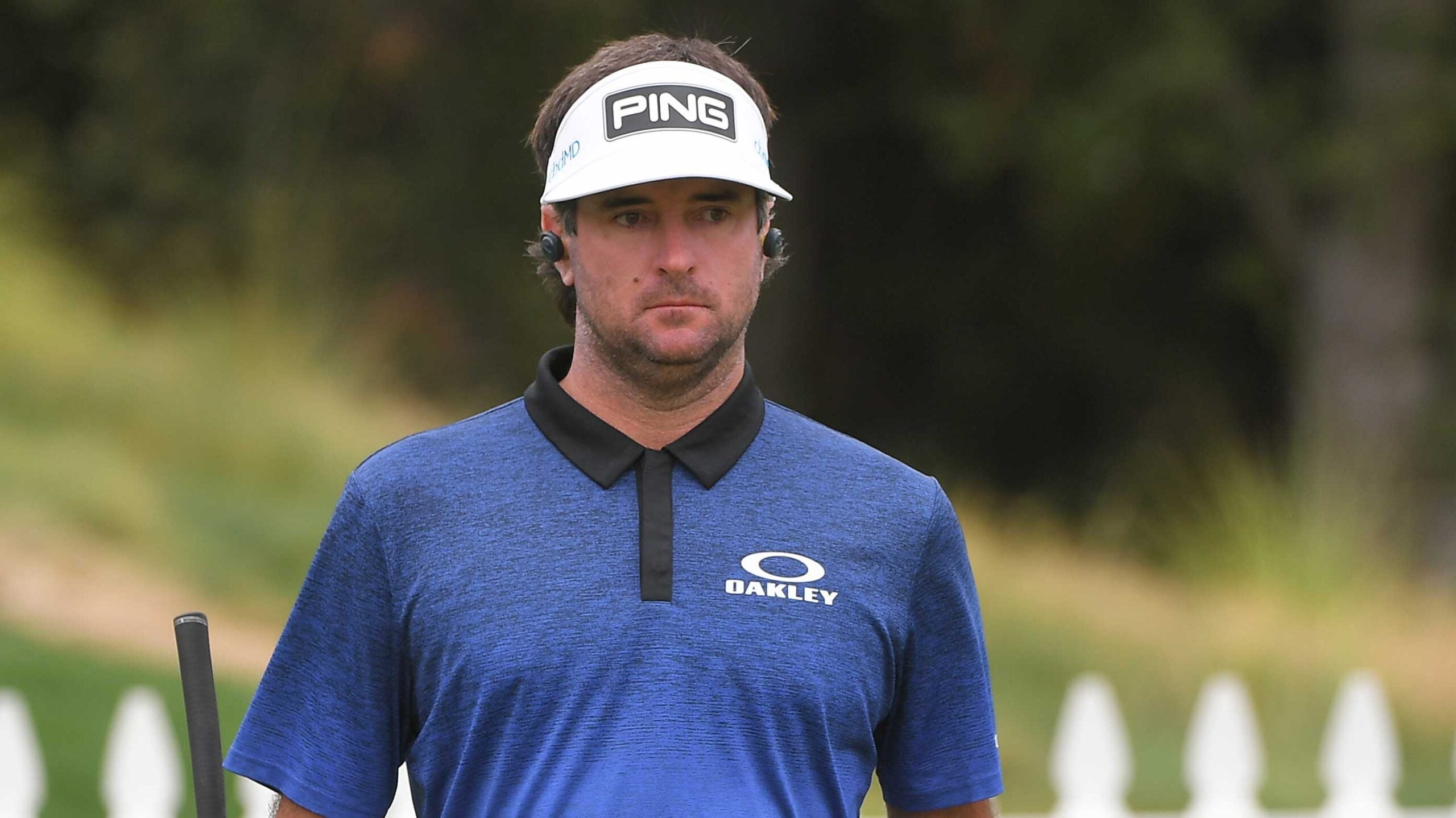
I would very happily play any number of Rolling Stones or Steely Dan songs en route to the course while in contention for a major. A man can dream, and music, like smell, is singularly transporting.
This subject has interested me for a while. In 2014, when covering Rory McIlroy’s British Open win at Hoylake for Sports Illustrated, I slipped this in, with a nod to Rory’s father, Gerry:
Rory drove to the course each day in his black Range Rover. He geared up for work by listening to high-volume dance hits by David Guetta, Avicii and Sigma. Gerry, once a scratch golfer, could handle it. Listening to 50 Cent for several years prepared him for anything. The music is Rory’s Red Bull.
The headline for the story, funnily enough, was this: “You Say You Want a Revolution?”
You say you want a revolution?
Well, you know
We all want to change the world.
Twenty years before Rory’s win, I went to see Sam Snead, both at the Greenbrier and at his home over the border in Hot Springs, Va. Snead told me how he could play various instruments by ear and that his innate golf ability and his musical aptitude came from the same place. I wish I had gone deeper. He also told me about the pleasure he got, combing his grandmother’s hair. Should have gone deeper on that, too. He was an interesting man.
One year at Augusta — I believe in 2005, the only year I ever caddied in a Masters — I saw Jerry Kelly on the practice putting green, behind the 1st tee, earphones, or some sort of listening contraption, on his head. My guy (Stuart Wilson, the reigning British Amateur winner) was paired with Tom Watson and Jim Furyk. Watson walked past Kelly on the green, removed his listening device and took in a few bars of something. He then smiled widely and said something like, “That’s what I’m talking about.”
“He might have just said, ‘Yeah,’ Jerry Kelly told me by phone the other day. “But I remember him doing that very well.”
I was so struck by it, in part because it seemed so unlikely, everything about it. Jerry said he felt the same way.
He can’t remember what he was listening to, but he has listened to music while practicing for years. I wondered if it was country and Jerry said that that was a good guess. Might have been country, blues, rock, classical, jazz. He cited Billie Holiday, too. How many players are going to cite Billie Holiday? He said he grew up in a house where music was always playing and that in his early years as a professional golfer, when he and his wife, Carol, drove everywhere, their whole life had a soundtrack. Their son, Cooper, in college now, hopes to have a career in music.
“I liked listening to music when practicing especially when I was going bad,” Kelly told me. It helped him clear his head and think about. . . nothing.
Curtis Strange told me the other day that he couldn’t imagine, for himself, listening to music on the way to the course to get in the mood. Curtis, in his prime, didn’t need anything to get him in the mood. He was thinking about shots before his feet hit the floor.
I mentioned to Curtis that the first person I saw with headphones on a practice was Mac O’Grady in 1985 or ’86. But Curtis remembers the Canadian golfer Richard Zokol listening to music some years before that. I’m glad Curtis told me about that because it got me to an interview Zokol gave the Canadian Golf Hall of Fame, to which he was inducted in 2011.
Zokol was asked, “Disco Dick? Who gave you that name?”
His answer:
“It was the first round of the 1982 Greater Milwaukee Open, my rookie year on the PGA Tour. I was paired with Larry Rinker and Ronnie Black, we tee-off the 10th tee in the morning of the first round. I didn’t pull out my Sony Walkman until I got down the fairway, away from the clubhouse. I was concerned what others veteran Tour players might think but took on the risk anyway.
“As we walked down the fairway, Larry Rinker turned around and saw me rocking the Walkman and said, ‘Hey, Disco Dick.’ I shot seven under par, 65, wearing the Walkman (see photo at top of article) between shots in PGA Tour competition.
“Coming down my last hole wearing a Walkman while leading the PGA Tour event caught a great deal of media attention. It was such a radical move the PGA Tour officials had to call the USGA to see if listening to music was legal in the rules of golf. For a moment after the round when the PGA Tour officials asked me what I was listening to, I thought I might get disqualified. The pressroom was abuzz with this radical Canadian rookie wearing a Walkman in competition and being the 1st round leader. ‘Disco Dick Leads GMO’ made the headlines in newspapers across the country.
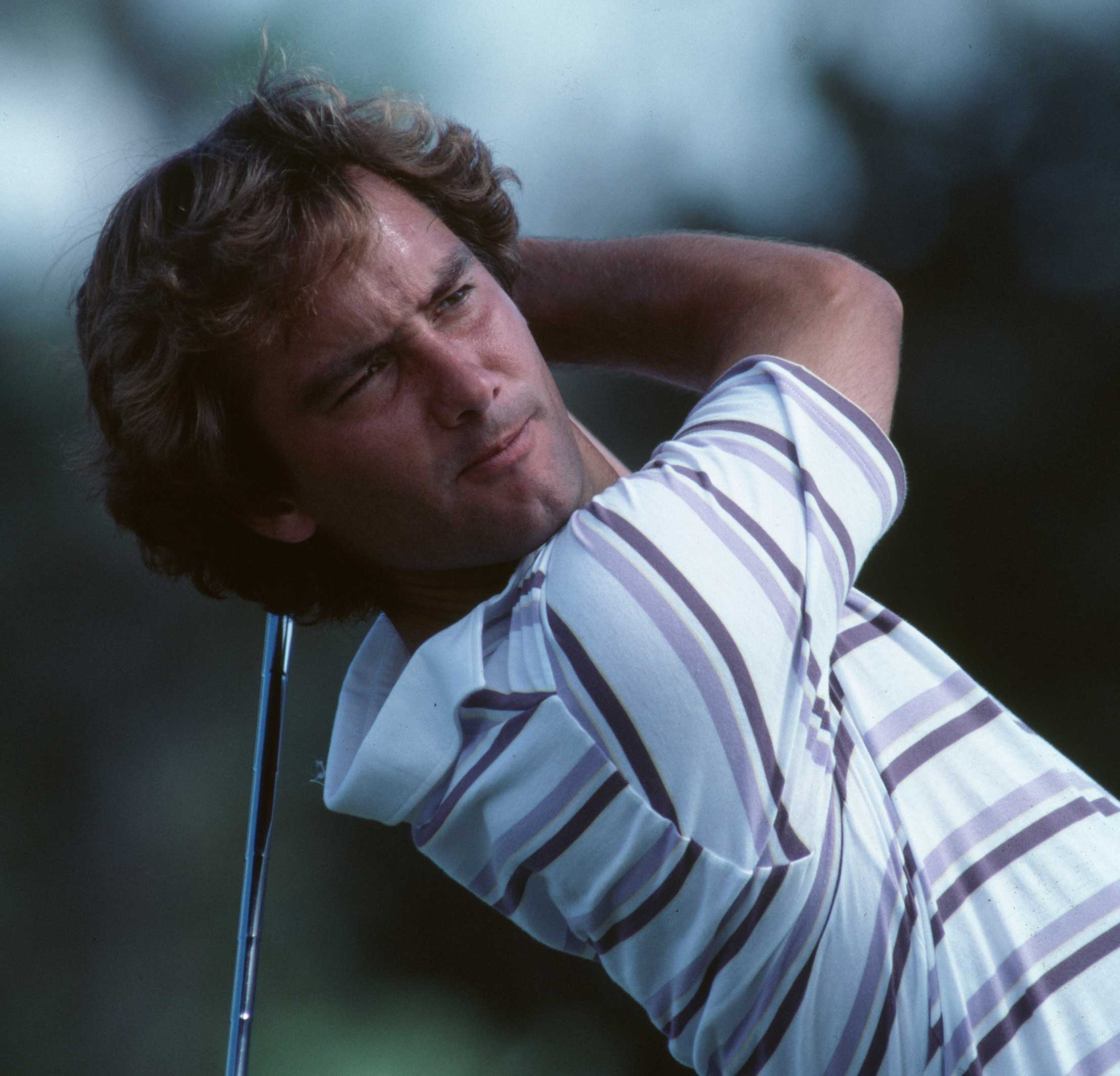
“Listening to music while on the golf course made a huge difference to calm my hyperactive mind and freeing me up to play the way I knew I could. It was a tremendous learning experience for me.”
Curtis said, “Those Canadians, they can be a little different.”
Indeed they can!
In the next edition of this occasional and continuing series, Greg Norman will offer his go-low soundtrack.
In the meantime, and I’ve cited this before, the 1957 album “Music for Tired Golfers,” by Larry Clinton and His Orchestra, features a song called “Sometimes I’m Happy.”
Michael Bamberger welcomes your comments at Michael_Bamberger@Golf.com.




